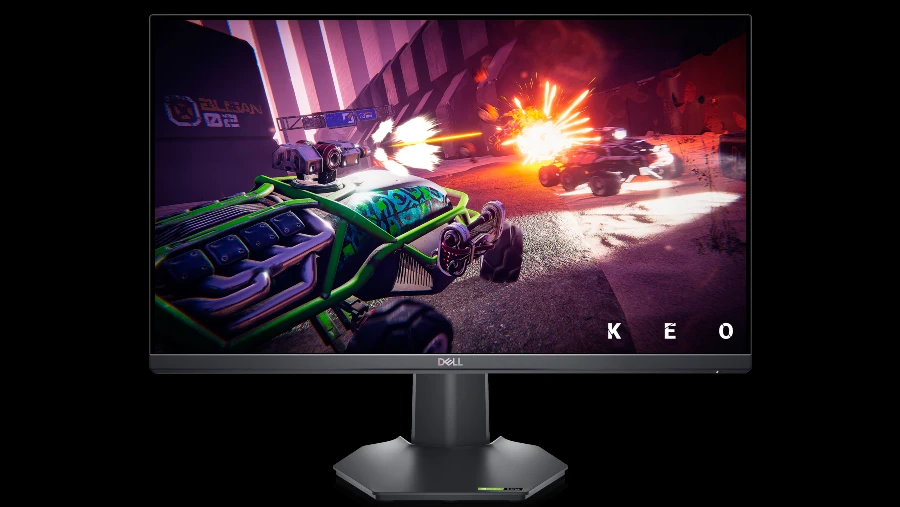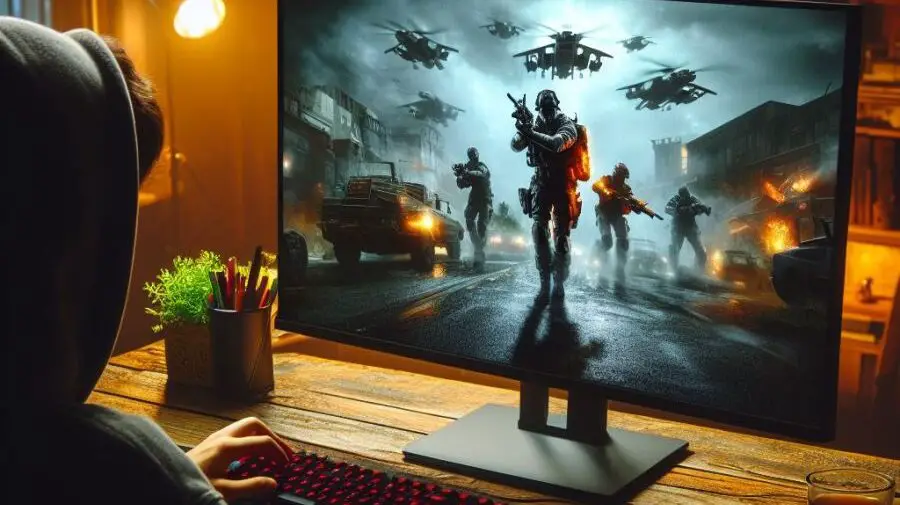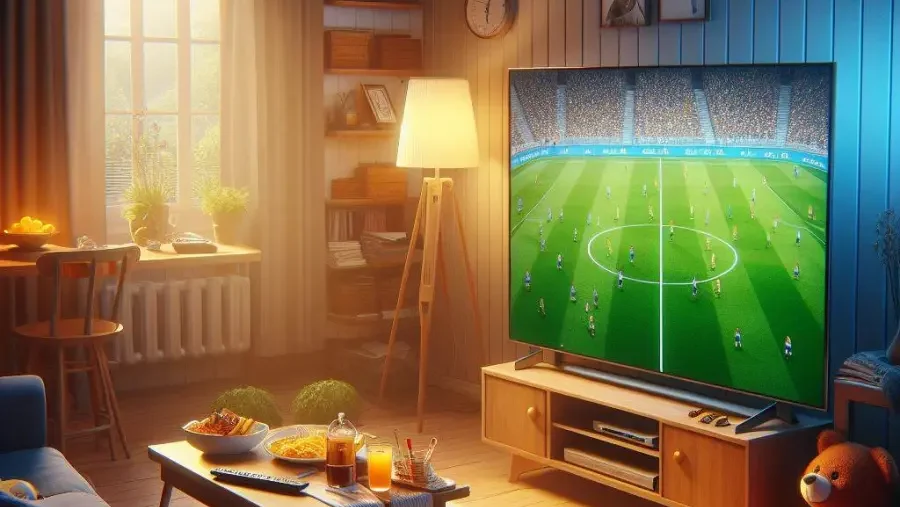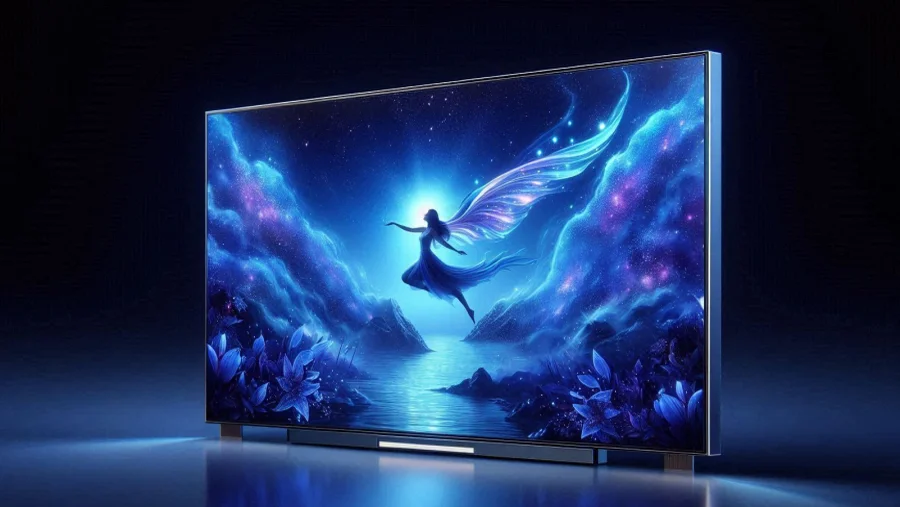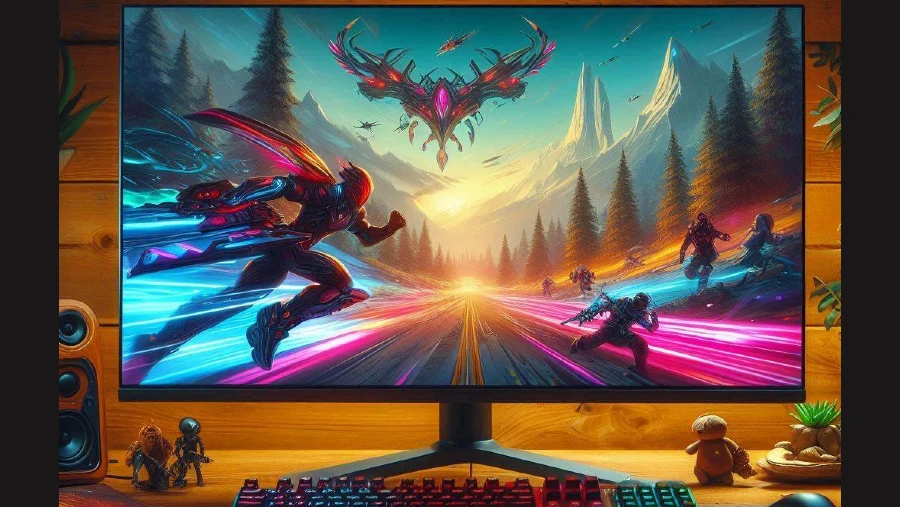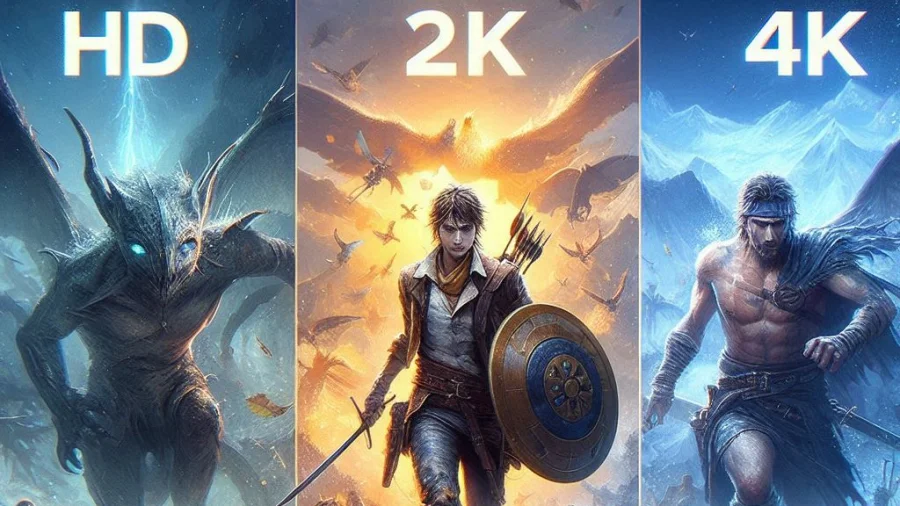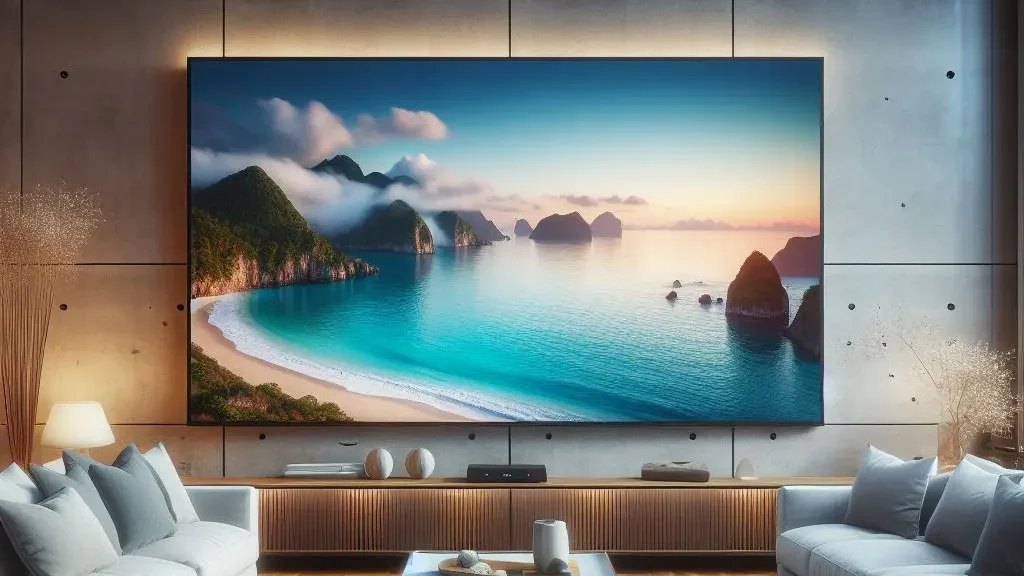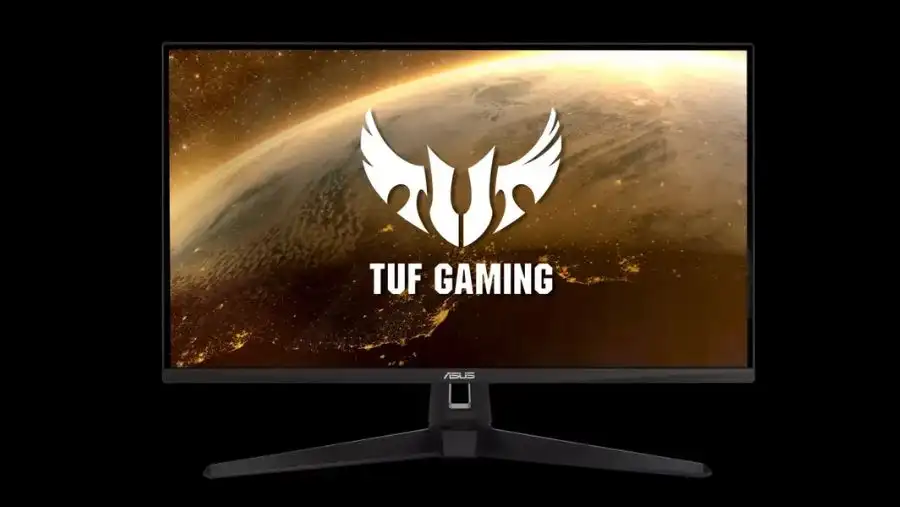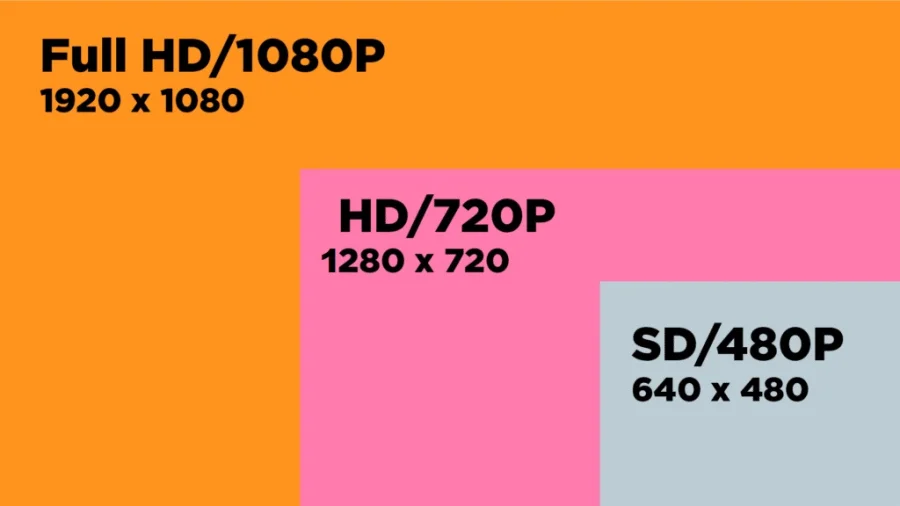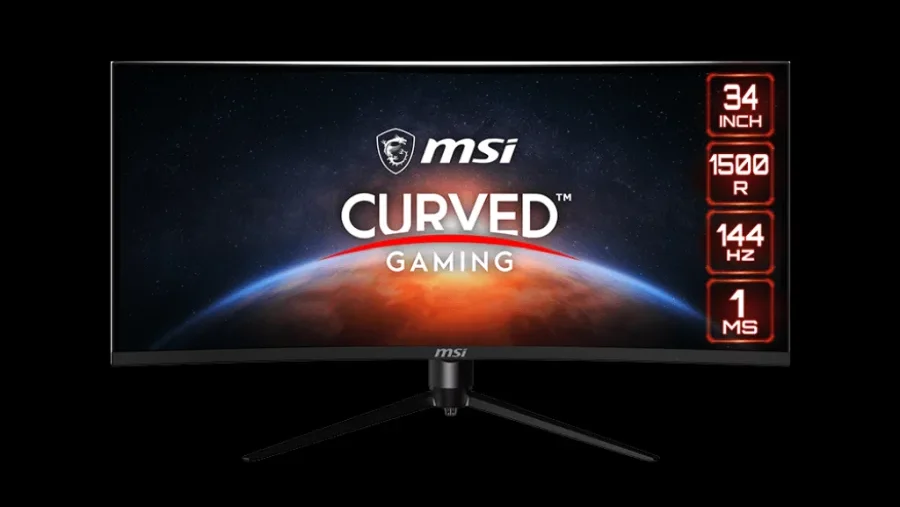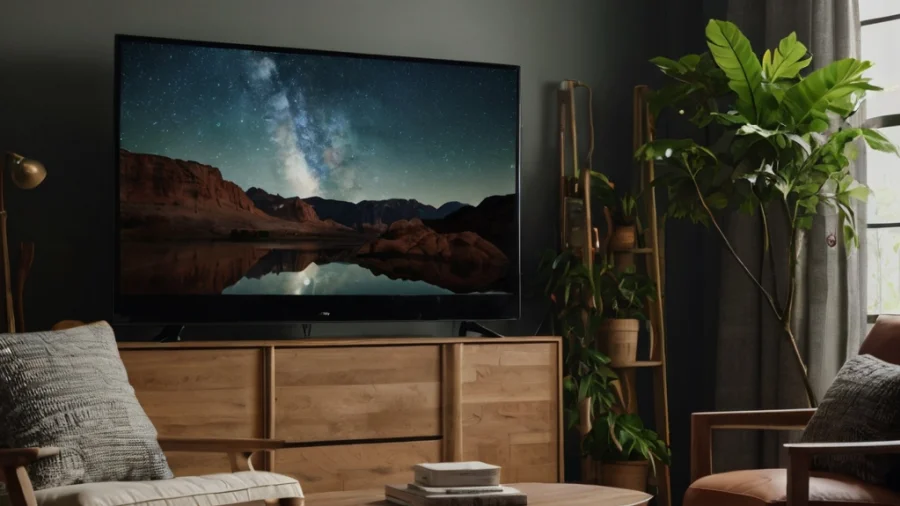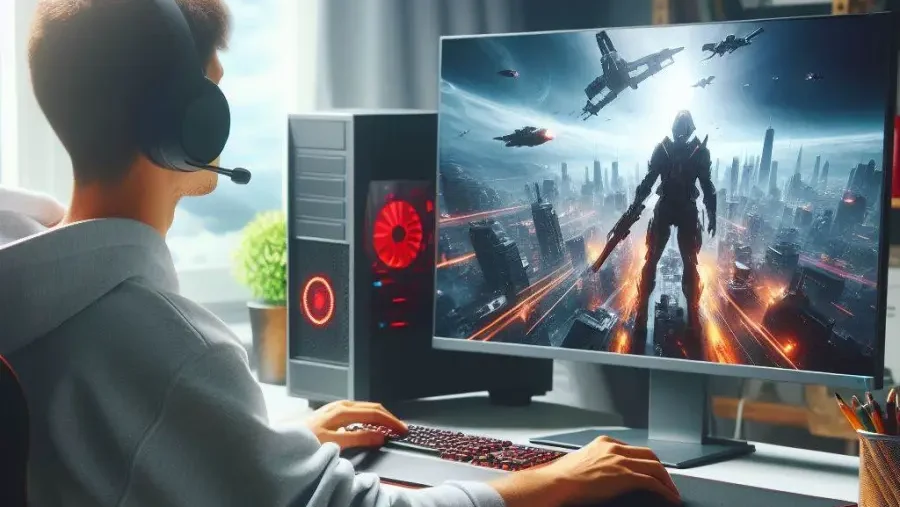
High Dynamic Range (HDR) is a technology that allows games to display a wider range of colors and brightness levels, creating more realistic and immersive visuals.
However, HDR also poses some challenges, such as how to map the game’s color and brightness values to the TV’s capabilities.
This process is called tone mapping, and it is essential for ensuring a consistent and optimal HDR gaming experience.
However, not all TVs perform tone mapping in the same way, and some TVs may apply their own tone mapping on top of the game’s tone mapping, resulting in distorted or washed-out colors.
To address this issue, a group of companies from the gaming and TV industries formed the HDR Gaming Interest Group (HGiG) in 2018.
HGiG is a consortium that aims to establish best practices and guidelines for HDR gaming, and to create a level of understanding between your TV, console, and the game you’re playing.
What is HGiG?
HGiG is a voluntary group of companies that are involved in the HDR gaming ecosystem, such as console-makers, TV manufacturers, game developers, and game publishers.
Original advocates and organizers of HGiG are Microsoft and Sony while some other notable members include LG, Samsung, Panasonic, Activision, EA, Rockstar, and Ubisoft.
HGiG’s mission is to improve the HDR gaming experience for consumers by providing recommendations and standards for HDR game content creation and HDR display performance, and to share best practices amongst the display and game industries.
HGiG recognizes that HDR gaming is not a one-size-fits-all solution, and that different TVs have different capabilities and preferences when it comes to displaying HDR content.
Therefore, HGiG’s approach is to enable the user to choose the best HDR settings for their TV and game, rather than imposing a fixed standard.
HGiG also aims to educate consumers and developers about the benefits and challenges of HDR gaming, and to promote the adoption and innovation of HDR gaming technology.
How does HGiG work?
One of the key aspects of HGiG’s work is to define how tone mapping should be done for HDR gaming.
Tone mapping is the process of converting the game’s color and brightness values, which may exceed the TV’s capabilities, to the TV’s native range.
Tone mapping is necessary because HDR games can produce a much wider range of colors and brightness levels than standard dynamic range (SDR) games, and different TVs have different HDR specifications and limitations.
However, tone mapping is not a simple or straightforward process, and different TV manufacturers may implement tone mapping in different ways, depending on their own algorithms and preferences.
Some TVs may apply their own tone mapping on top of the game’s tone mapping, resulting in double tone mapping.
This can cause problems such as color distortion, loss of detail, or reduced contrast. Double tone mapping can also create inconsistency and confusion among consumers, as the same game may look different on different TVs.
In other words, TV manufacturers, based on their own research and development, design displays to bring the best picture quality in their own ways. Differences in their design philosophy may be a cause of the difference in HDR handling. Such variance sometimes results in inconsistency in consumers’ gameplay.
Here’s an example of an undesirable user experience – notice how details in bright areas, critical to gameplay, may be lost:
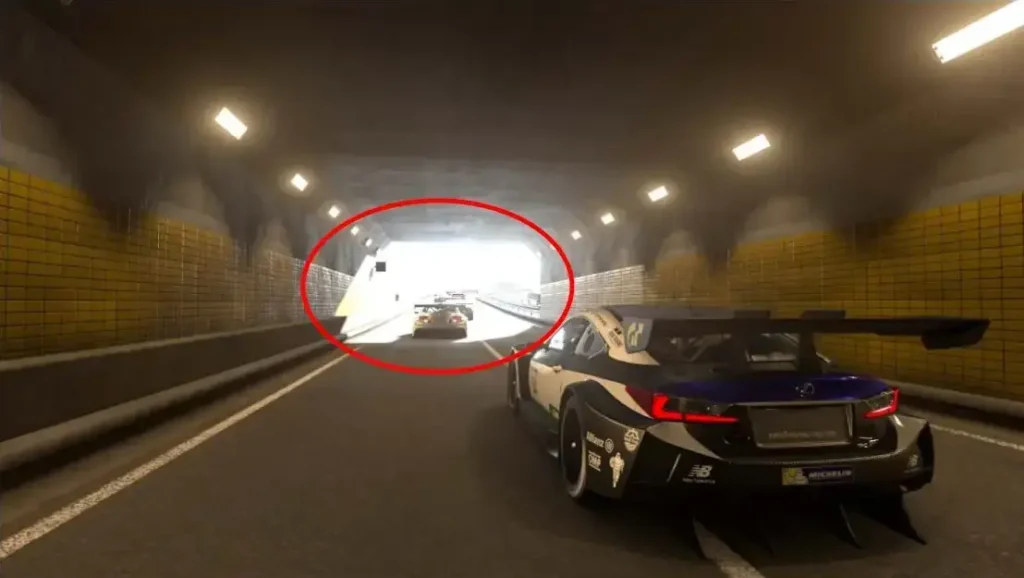
Players in the second picture can see the right turn after the tunnel, while players in the first picture can’t.
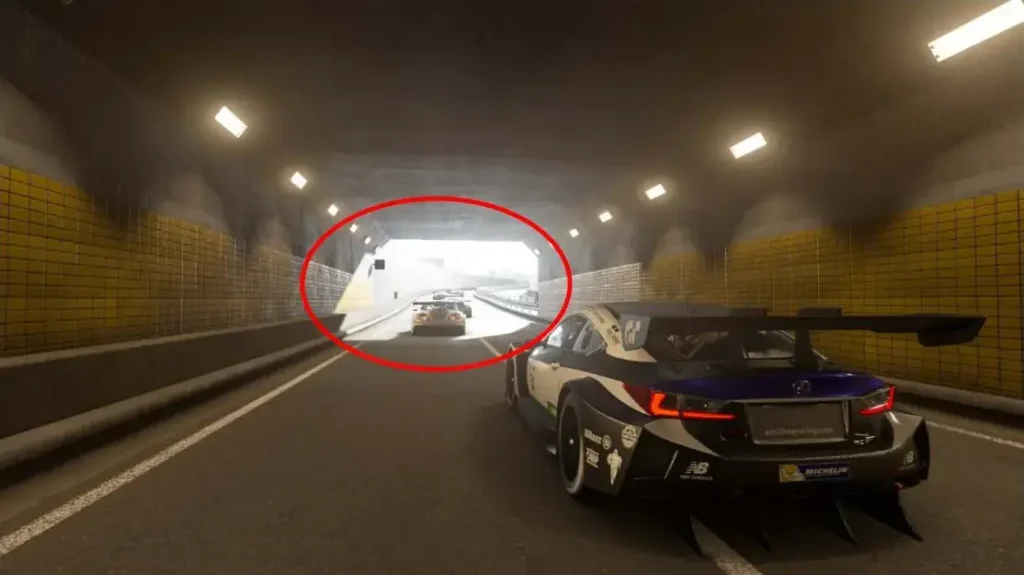
To prevent scenarios like these, HGiG proposes a solution called HGiG Mode.
HGiG Mode is a feature that allows the TV to communicate its HDR capabilities and preferences to the console and the game, and to disable its own tone mapping when the game is in HDR mode.
This way, the game can perform the optimal tone mapping for the TV, and the TV can display the game’s HDR content as intended by the game developer.
HGiG also allows the user to adjust the HDR settings according to their own preference and viewing environment, such as the peak brightness and the black level.
HGiG in Practice
HGiG is designed to improve the HDR gaming experience by ensuring a consistent and accurate HDR presentation across different TVs and games.
It can also enhance the visual quality and immersion of HDR games, by preserving the game’s artistic vision and delivering more realistic and vivid colors and contrast.
However, HGiG Mode is not a mandatory or universal feature, and its availability and effectiveness may vary depending on the TV, console, and game.
Not all TVs support HGiG Mode, and not all games follow HGiG’s guidelines.
Therefore, the user may need to check the compatibility and settings of their TV, console, and game before using HGiG Mode.
HGiG Mode may also require some manual calibration and adjustment by the user, which may not be convenient or intuitive for some consumers.
Some of the TVs that support HGiG Mode are: LG’s OLED and NanoCell TVs, Samsung’s QLED TVs, and Panasonic’s OLED TVs.
Example of games that follow HGiG’s guidelines are: Gears 5, Forza Horizon 4, Assassin’s Creed Valhalla, and Cyberpunk 2077.
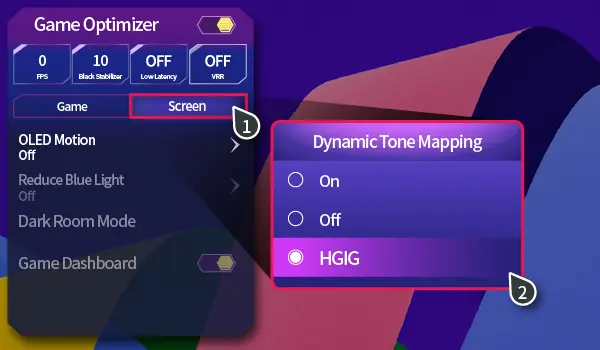
HGiG Mode can be enabled or disabled in the TV’s settings menu, and the HDR settings can be adjusted in the console’s or game’s settings menu.
Some of the user experiences and feedback on using HGiG Mode for HDR gaming are positive and favorable, some are mixed and critical.
While some users report that HGiG Mode improves the HDR quality and consistency of their games, others find that HGiG makes their games look too dark or dull.
Some might appreciate the flexibility and customization of HGiG, while others prefer the simplicity and convenience of other tone mapping techniques.
Conclusion
HGiG Mode is a feature that aims to improve the HDR gaming experience by preventing double tone mapping and enabling the user to choose the best HDR settings for their TV and game.
It is based on the collaboration and cooperation of various companies from the gaming and TV industries, and it reflects the growing popularity and potential of HDR gaming technology.
However, HGiG is not a perfect or universal solution, and it may have some limitations and drawbacks, such as the lack of compatibility and standardization, the need for manual calibration and adjustment, and the subjective preference and perception of the user.
Therefore, HGiG is not the only or definitive way to enjoy HDR gaming, but rather one of the options and alternatives that the user can explore and experiment with.
It may not be the final answer, but rather a step forward in the evolution and innovation of HDR gaming to come…
Q&A
Should I enable HGiG?
You should enable HGiG if you want the most accurate HDR picture as intended by the game developers. HGiG ensures your TV doesn’t apply its own tone mapping on top of the console’s, preventing “double mapping” that can crush details in bright or dark areas. Enable it if accuracy is your priority and you have properly calibrated HDR settings on your console (like PS5 or Xbox Series X/S).
Is HGiG better than dynamic tone mapping?
Neither is universally “better”; it depends on preference. HGiG provides accuracy and faithfulness to the game developer’s intended look by letting the console/game manage the HDR output based on console calibration. Dynamic Tone Mapping (DTM) actively analyzes the image frame-by-frame and adjusts it to maximize brightness and contrast for your specific TV, often resulting in a brighter, punchier image, but one that deviates from the original intent. Choose HGiG for accuracy, DTM if you prefer a potentially brighter, more impactful (but less accurate) picture.
Is HGiG good for gaming?
Yes, HGiG is specifically designed for gaming. Its primary goal is to standardize HDR display handling, ensuring gamers see the HDR image exactly as the game creators intended, without the TV altering it excessively. By preventing blown-out highlights or crushed black details (assuming correct console-level HDR calibration), HGiG delivers a more consistent and accurate visual experience, which is highly beneficial for appreciating game art design and sometimes even gameplay visibility.
Read Next

